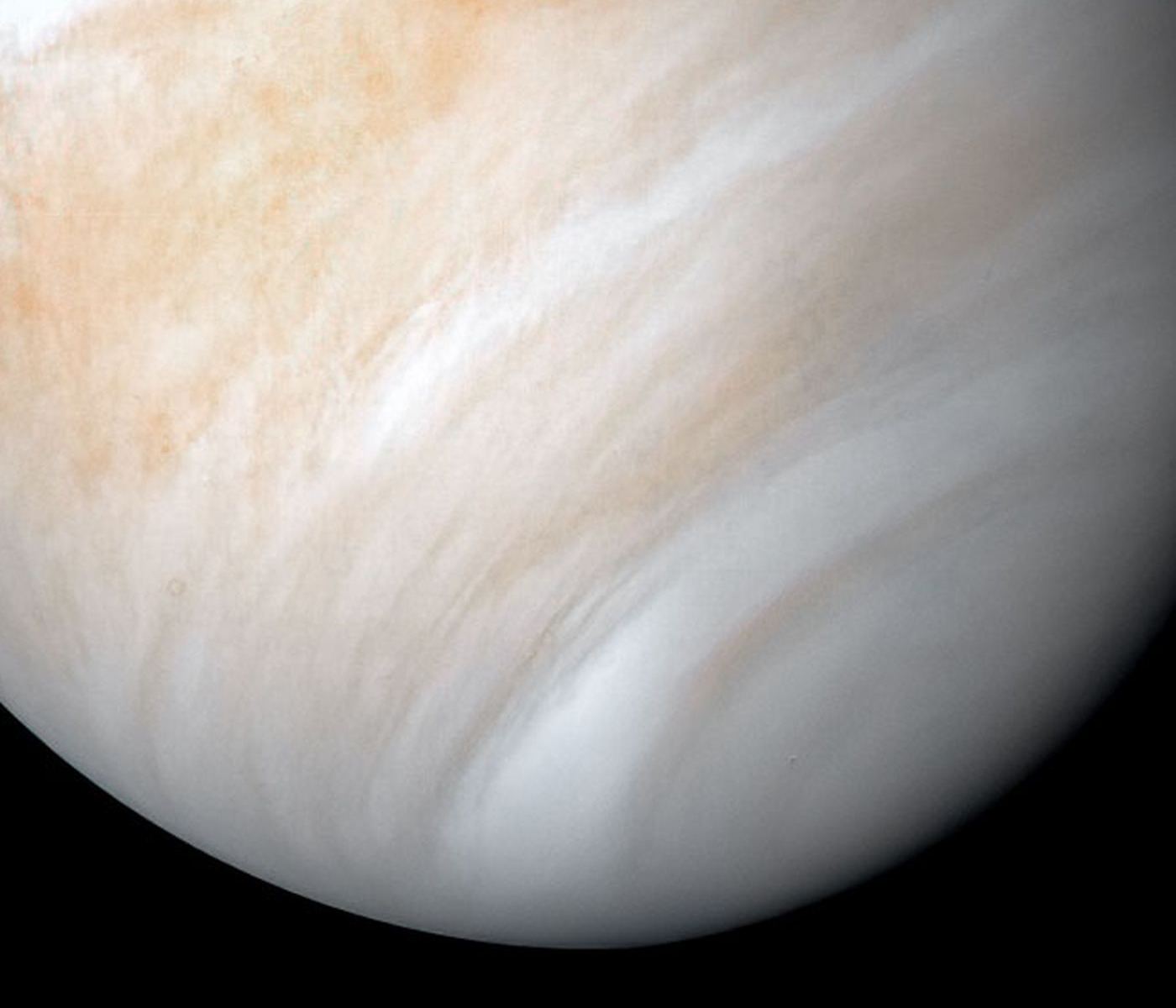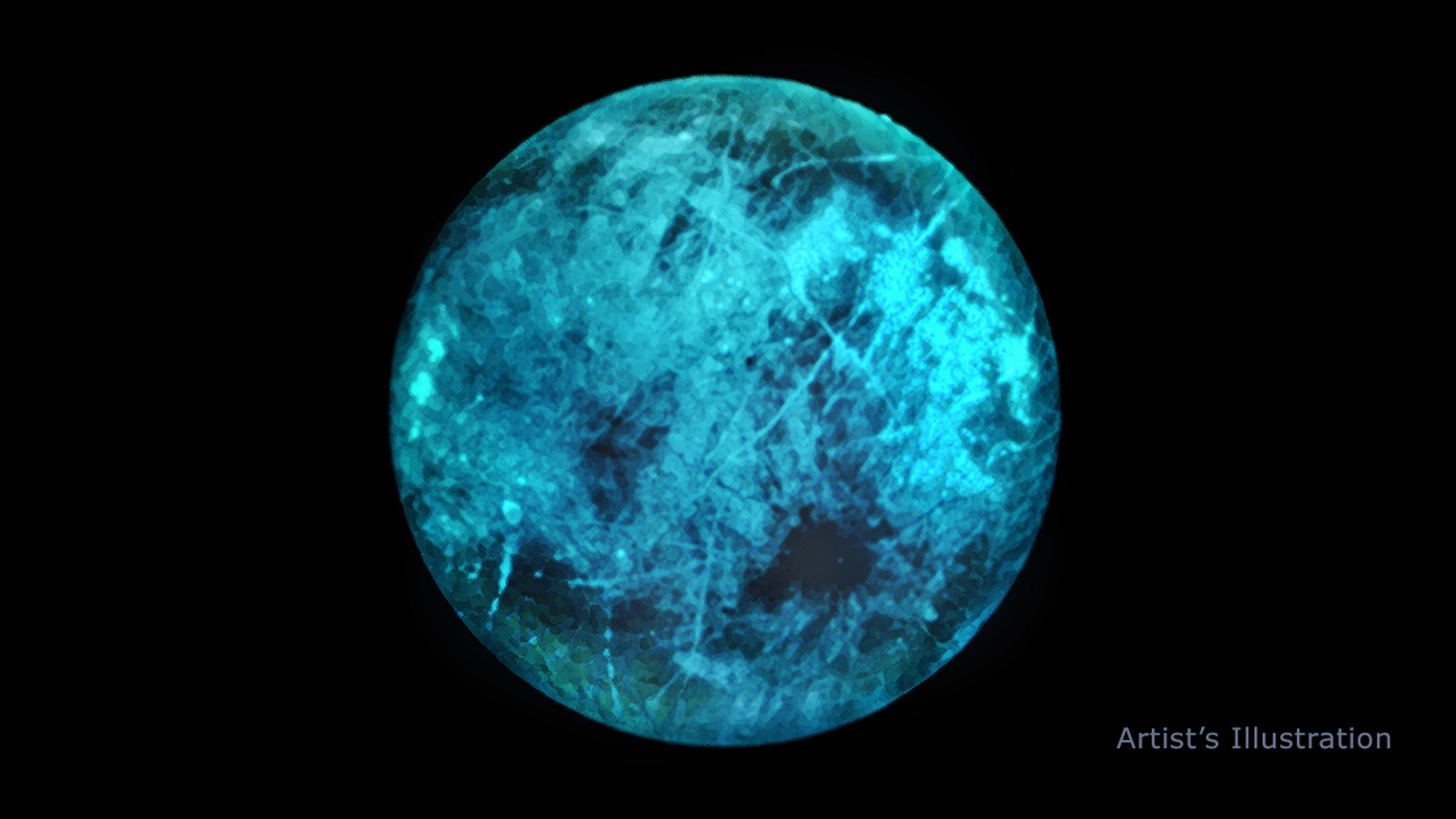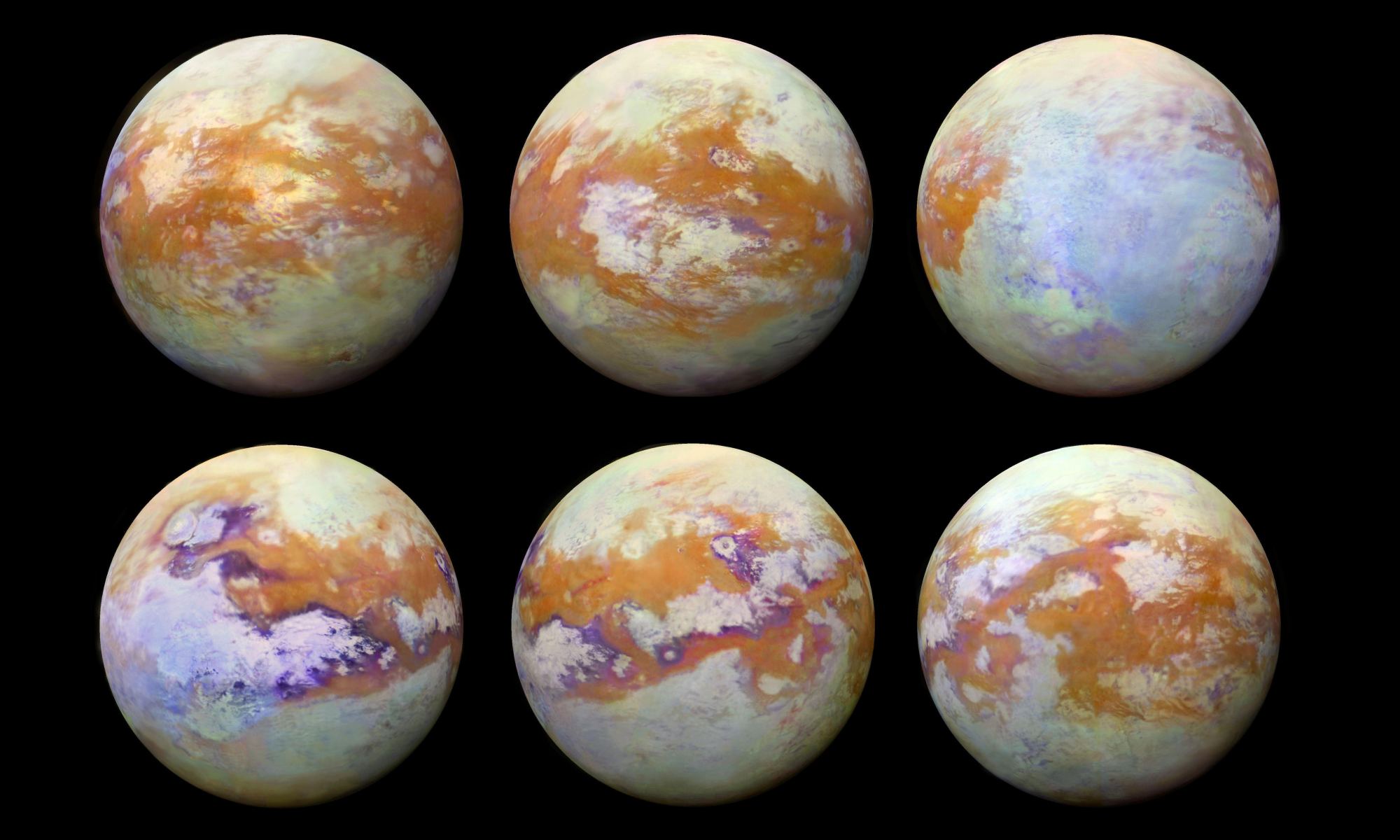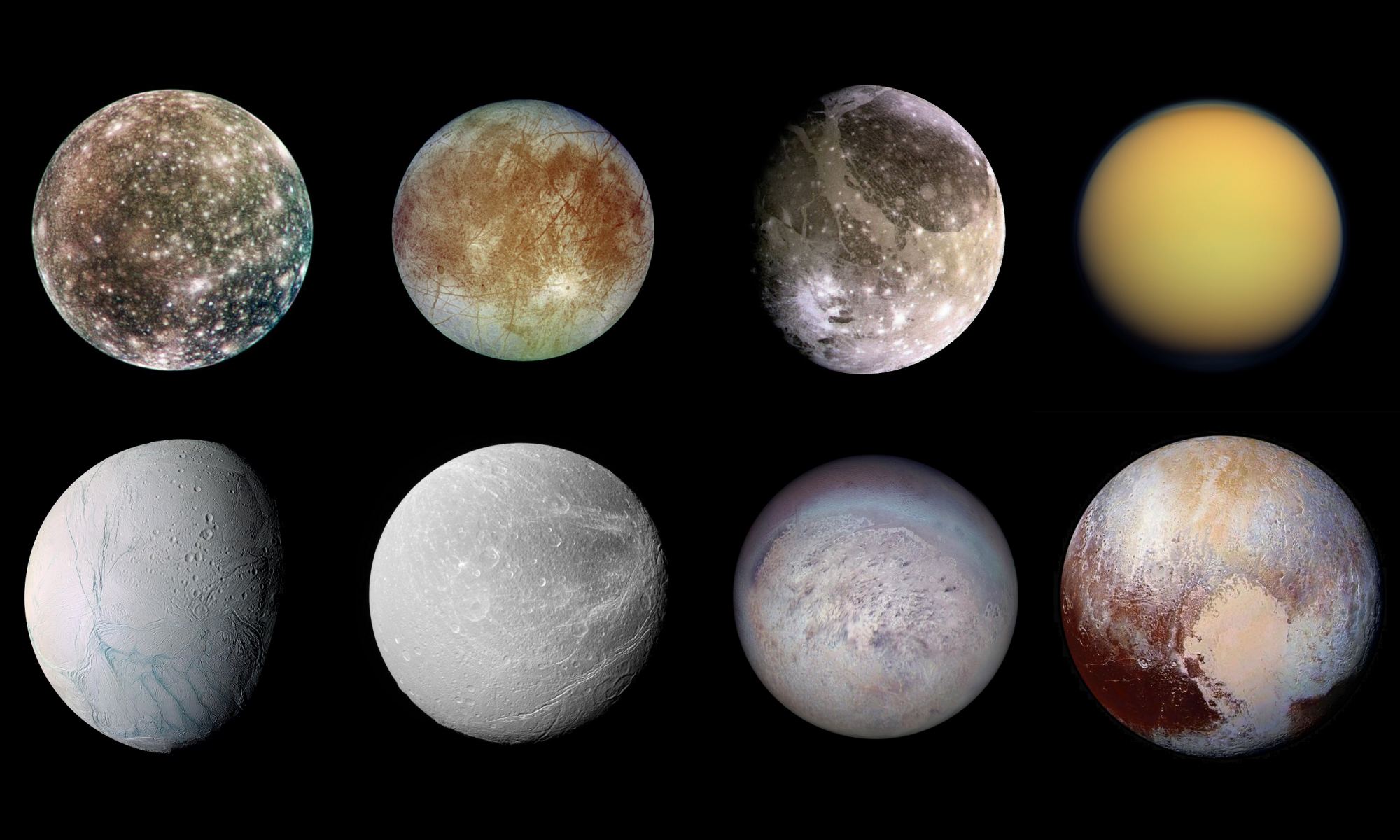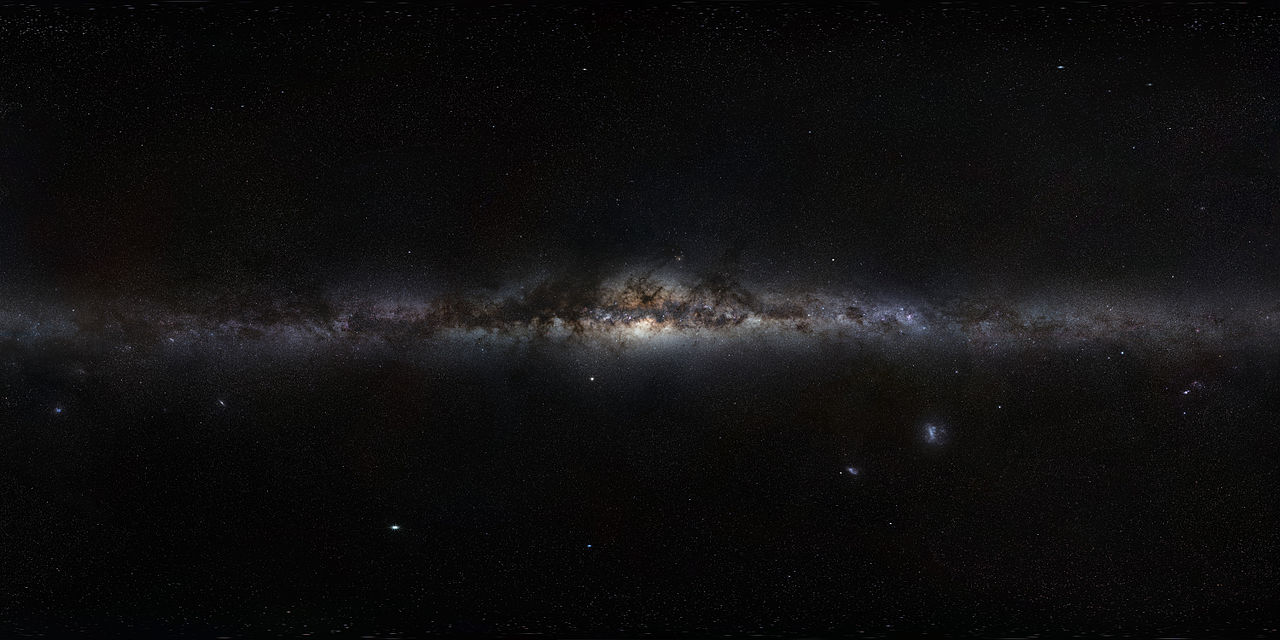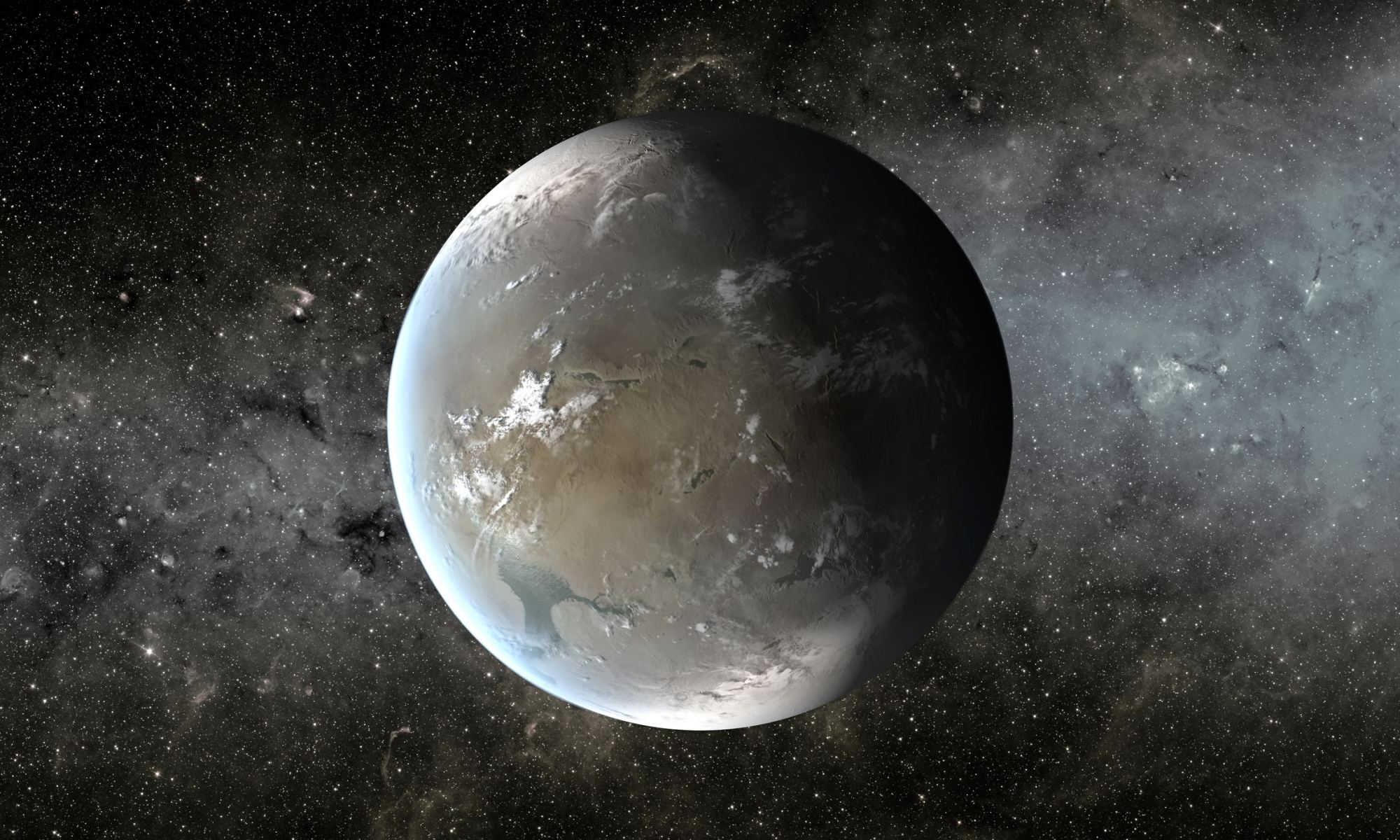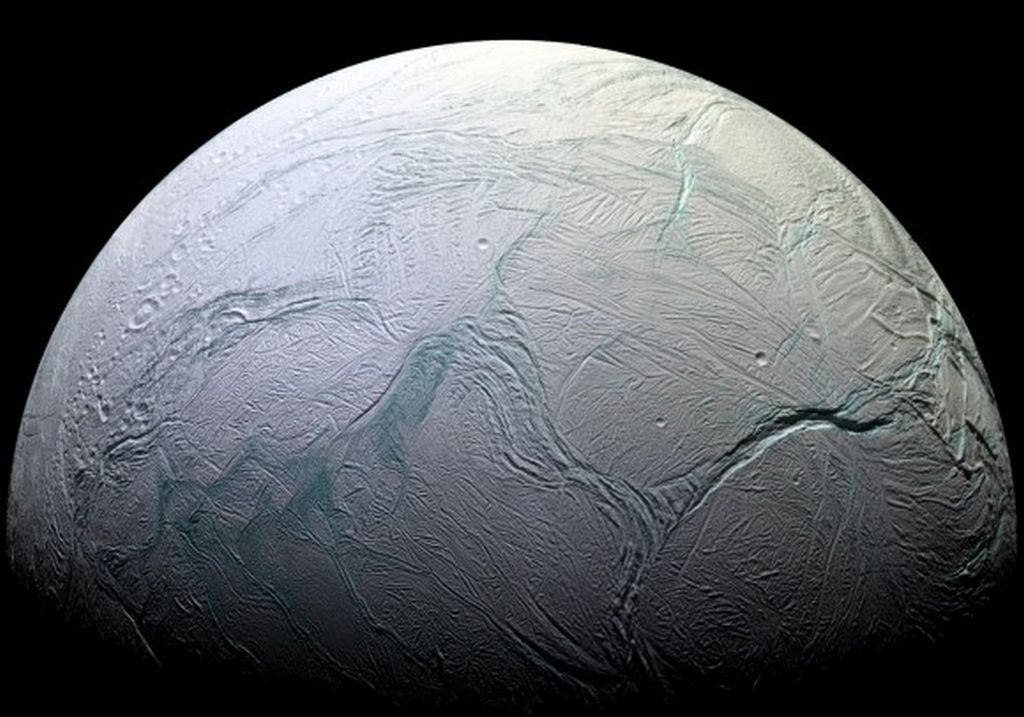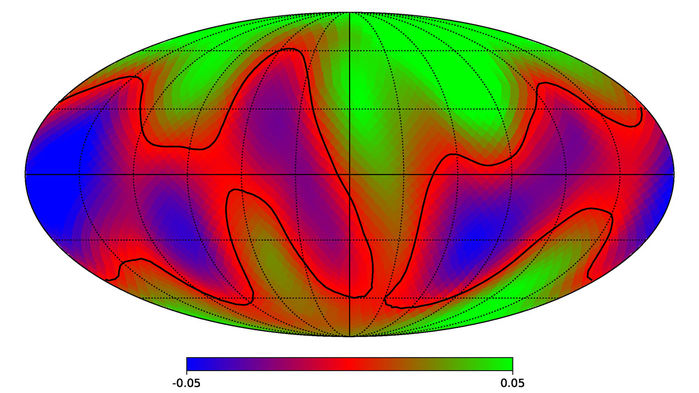In September, an international team announced that based on data obtained by the Atacama Millimeter-submillimeter Array (ALMA) in Chile and the James Clerk Maxwell Telescope (JCMT) in Hawaii, they had discovered phosphine gas (PH3) in the atmosphere of Venus. The news was met with its fair share of skepticism and controversy since phosphine is considered a possible indication of life (aka. a biosignature).
Shortly thereafter, a series of papers were published that questioned the observations and conclusions, with one team going as far as to say there was “no phosphine” in Venus’ atmosphere at all. Luckily, after re-analyzing the ALMA data, the team responsible for the original discovery concluded that there is indeed phosphine in the cloud tops of Venus – just not as much as they initially thought.
Continue reading “Scientists Have Re-Analyzed Their Data and Still See a Signal of Phosphine at Venus. Just Less of it”
